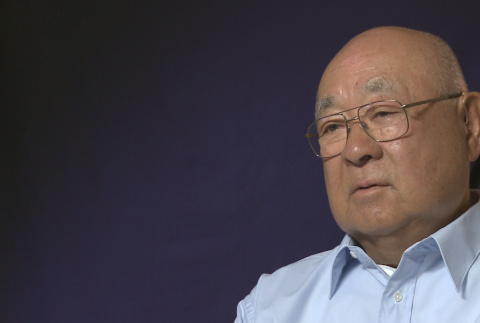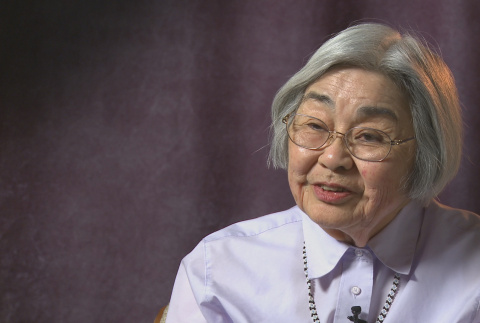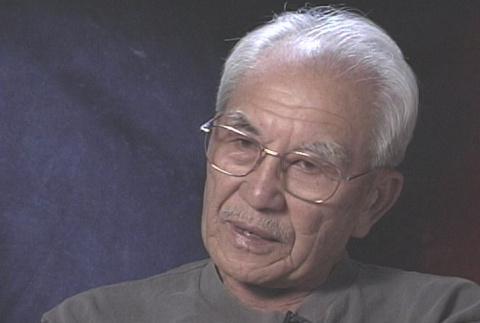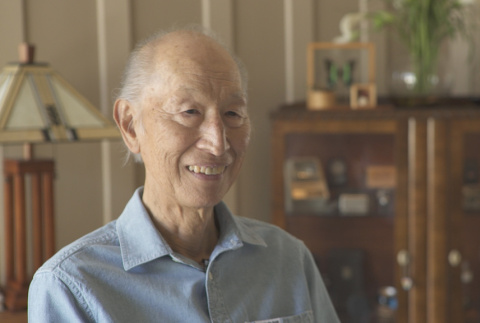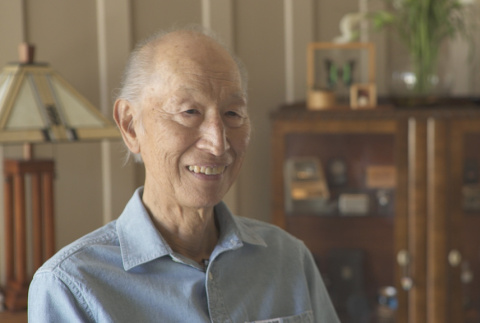Department of Justice camps
More than 5,500 Japanese immigrants (Issei) were arrested by the FBI following the attack on Pearl Harbor. Most were sent first to temporary Immigration and Naturalization Service (INS) detention stations and then transferred to Department of Justice (DOJ) internment camps, where they waited to appear before the Alien Enemy Hearing Board. These hearings determined whether the Issei would remain in the internment camps or be "released" to the War Relocation Authority (WRA) concentration camps. After the hearings, most of the Issei were sent to U.S. Army internment camps. The U.S. Army, charged with detaining military prisoners of war (POWs), then returned the Issei internees to DOJ control. The DOJ camps also interned Italian and German nationals and Japanese Latin Americans. Most of the DOJ internment camps held only men who had been separated from their families, but three camps housed single women and families. The camps were run by the INS, part of the Department of Justice.
World War II
(231)
Department of Justice camps
(409)
Related articles from the
Densho Encyclopedia :
Crystal City (detention facility),
Fort Lincoln (Bismarck) (detention facility),
Fort Missoula (detention facility),
Fort Stanton (detention facility),
J. Edgar Hoover,
Kenedy (detention facility),
Kooskia (detention facility),
Old Raton (detention facility),
Santa Fe (detention facility),
Seagoville (detention facility),
Sites of incarceration
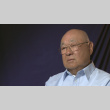




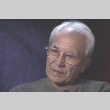
This interview took place at the 2000 Tule Lake Pilgrimage in Klamath Falls, Oregon.

This interview took place at the 2000 Tule Lake Pilgrimage in Klamath Falls, Oregon.


